| We've started our 'Number of the Day' routine at school. We've done it both days - I think that's been helpful for the kids - it's helping them get used to a new maths routine. It's also been good for me - I've been getting a quick overview of areas where kids are confident, and areas where they might need a little bit of review. |
When another child gives an answer, I ask the class to either 1) keep their 'thumbs up' on their chest if they got a different answer or 2) give me the 'me, too' sign if they got the same answer. The 'me, too' sign is just making a 'hang 10' sign with your hand (from a fist, stick out your thumb and pinky fingers), and moving it from your chest outwards and back again). That way, I can see who is getting the right (or wrong!) answers. The idea with this routine is that EVERY child is expected to come up with an answer (and show that they have an answer by giving me a 'thumbs up'). We want everyone to be thinking!
The picture above is our first day - I wouldn't normally use quite as many cards, but I wanted to get a picture of what kinds of problems they were used to, and what was less familiar.
The picture below is our 'Number of the Day' from this morning.
Tomorrow, we'll add in our 'Addition' and 'Subtraction' pages.
If you'd like the 'Number of the Day' pack yourself, you can get it here. It is geared at Primary 1-3, stretching into P4, with the basic questions K-3 in the States), but it can easily be adapted to suit older stages as well (instead of giving them 11 to work with, you can give them 1147!).

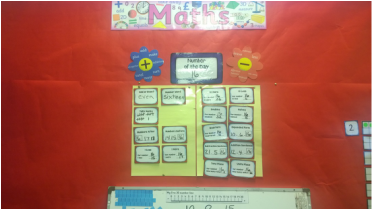
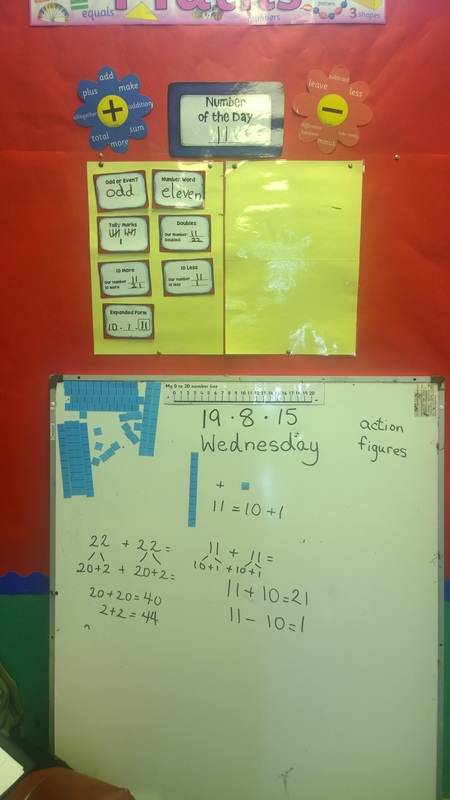
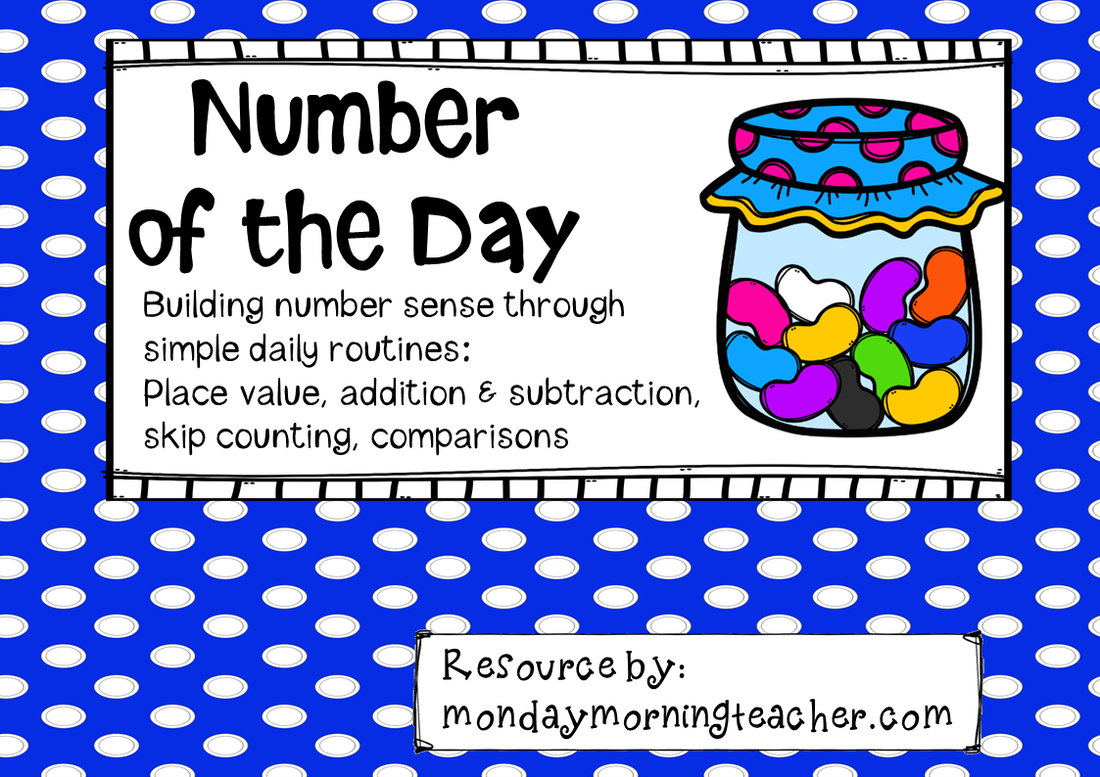
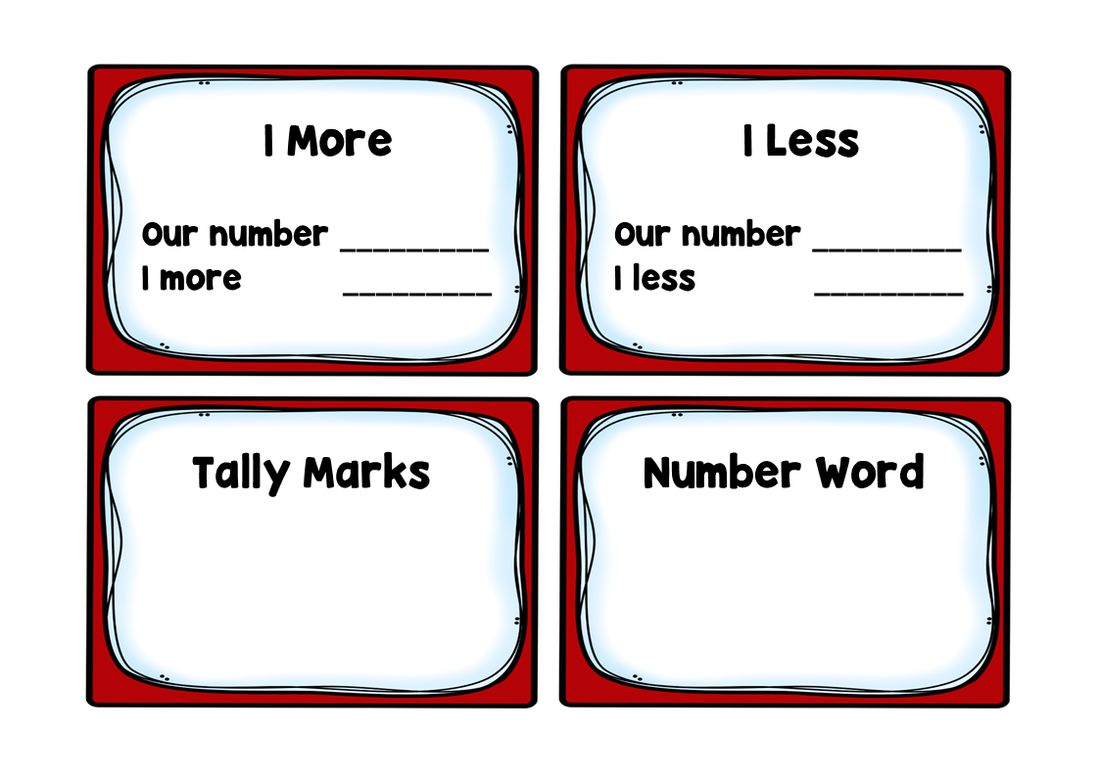
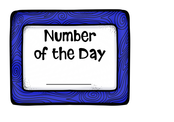
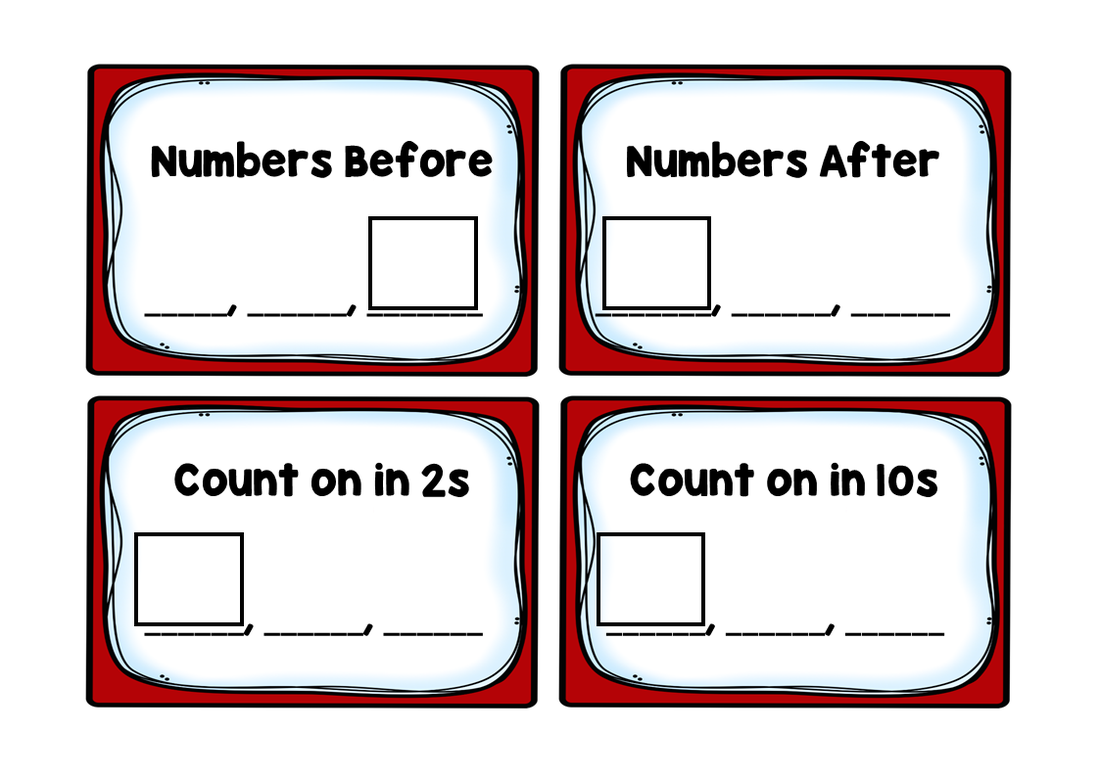
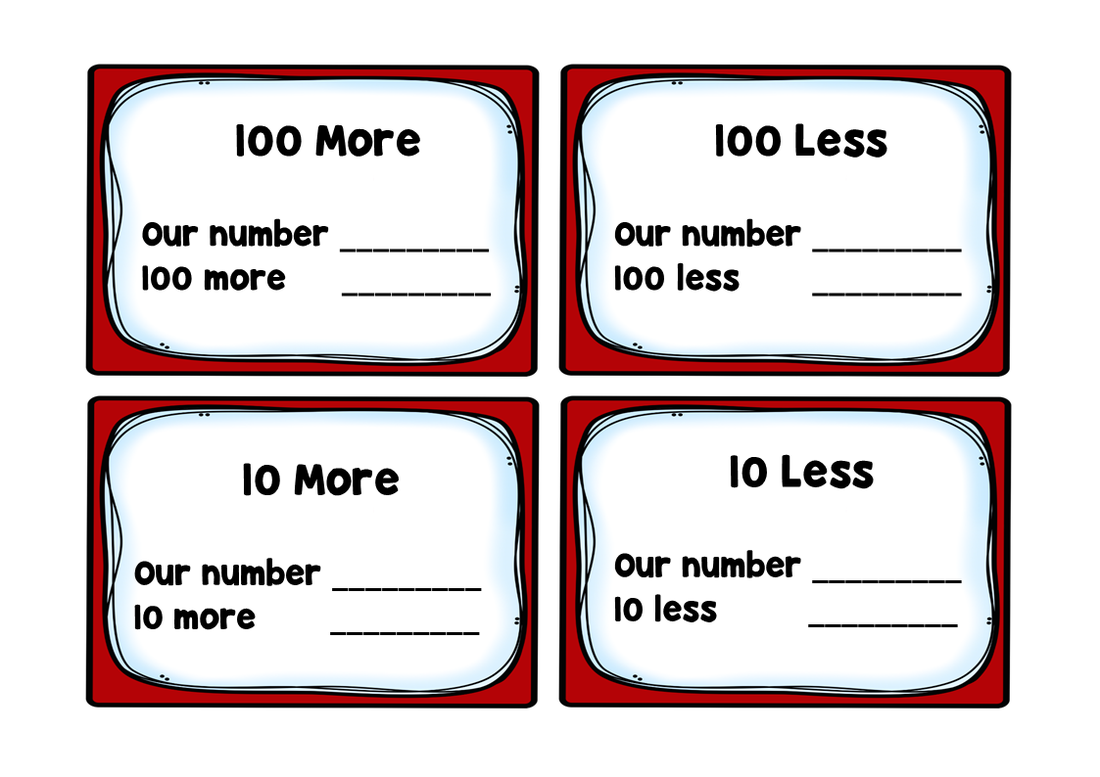
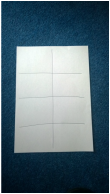
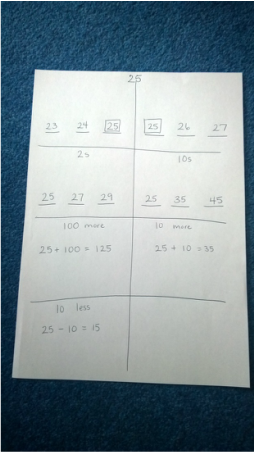
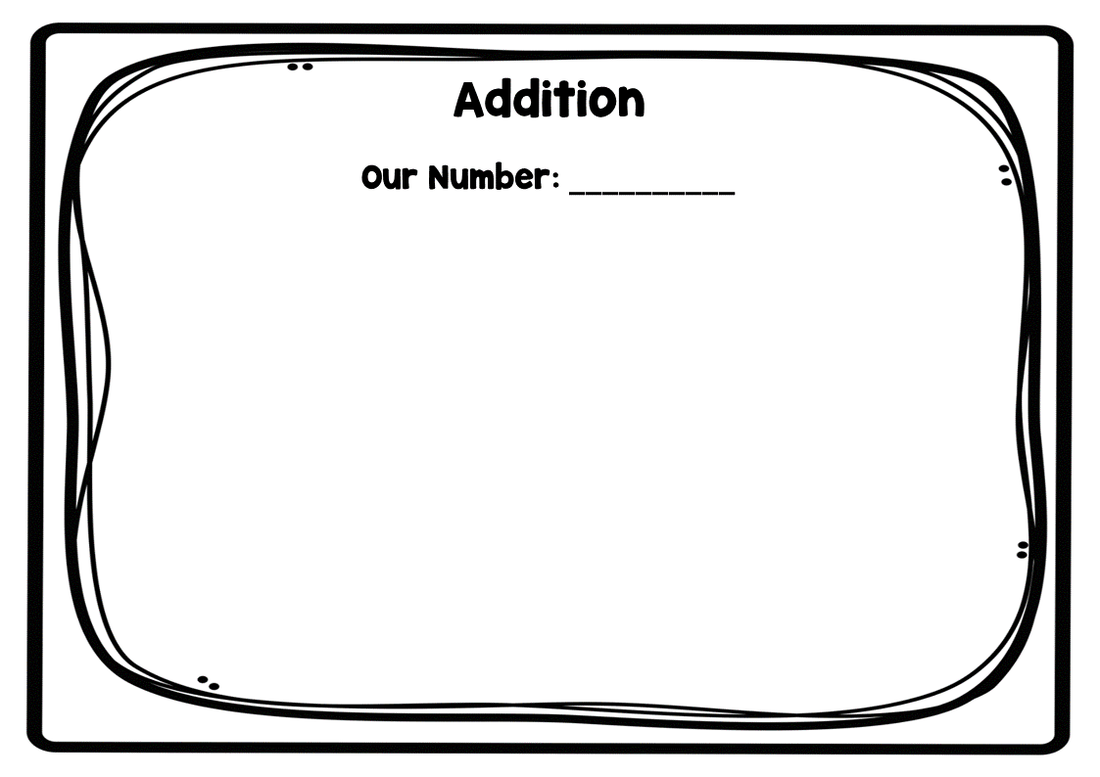
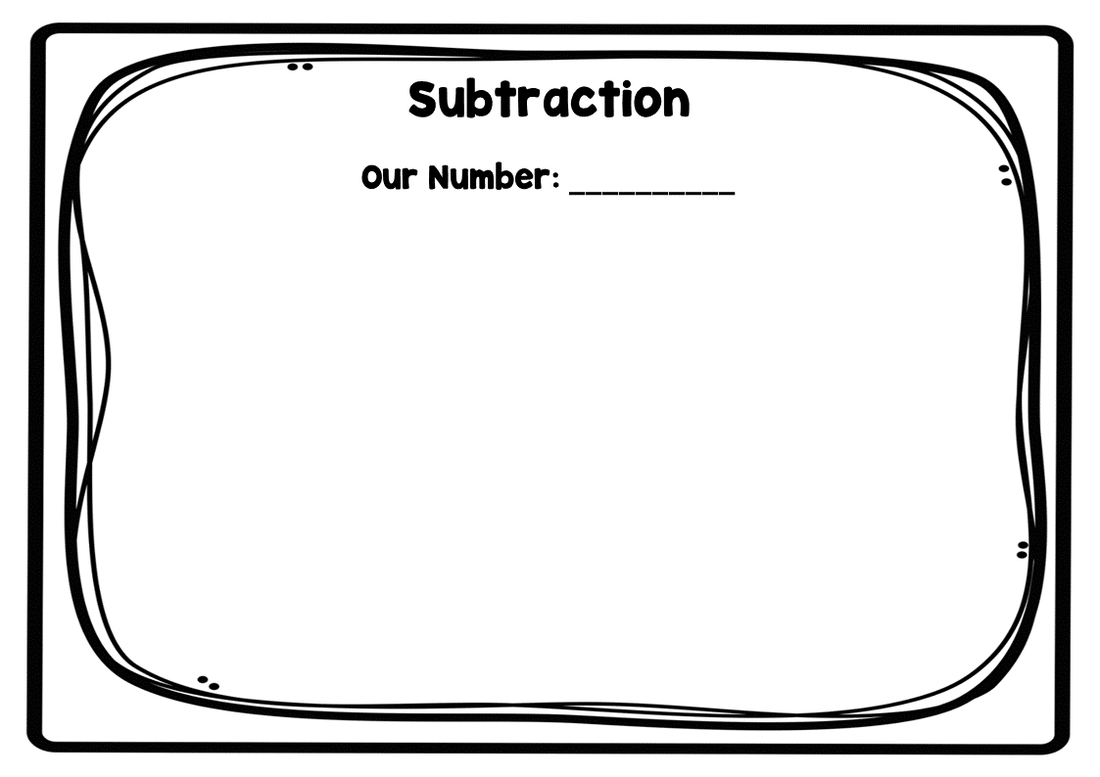
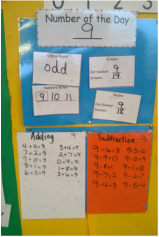
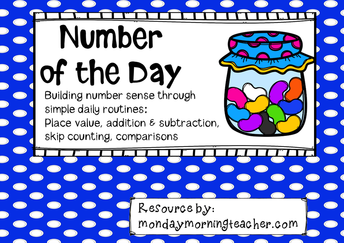
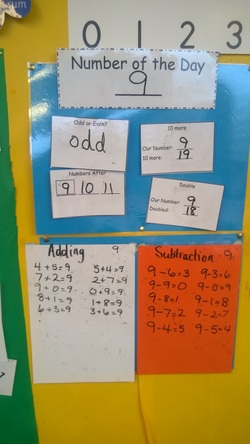
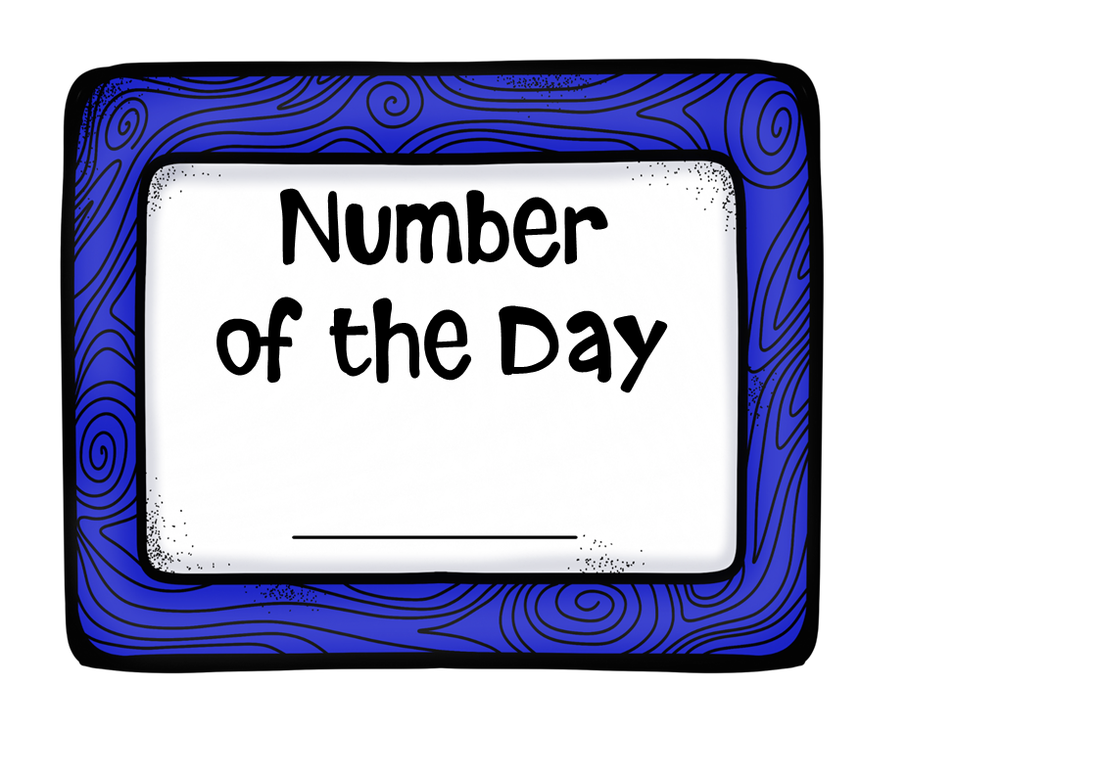
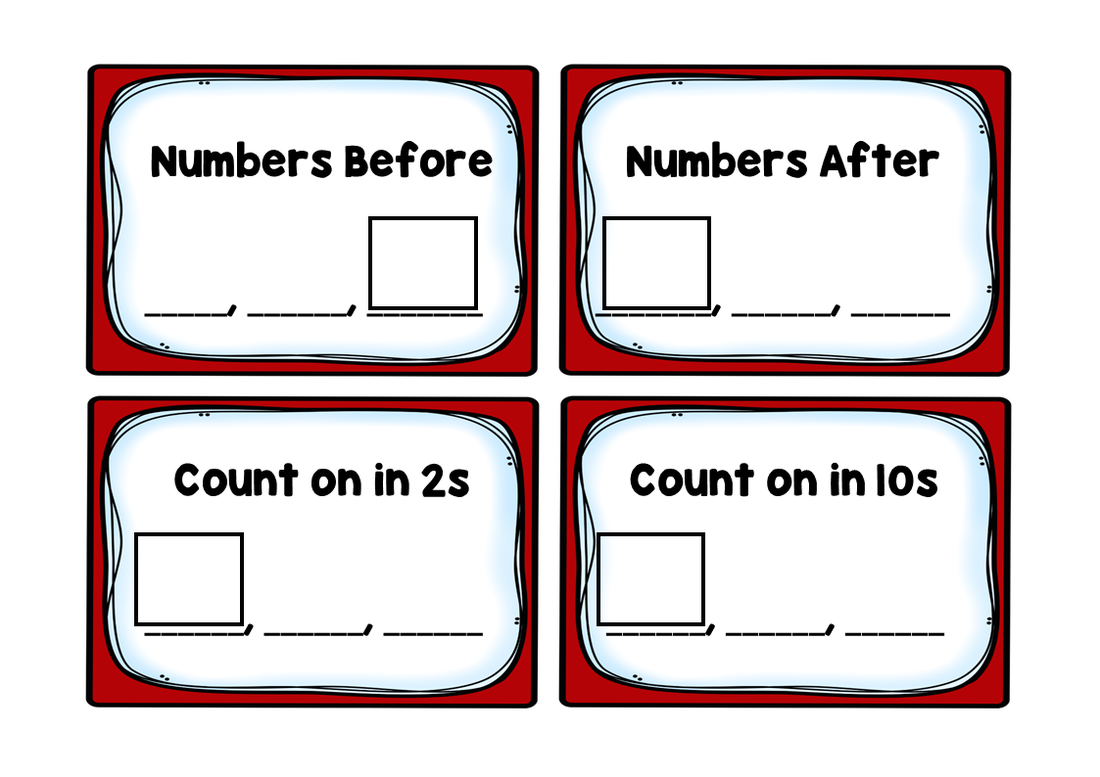
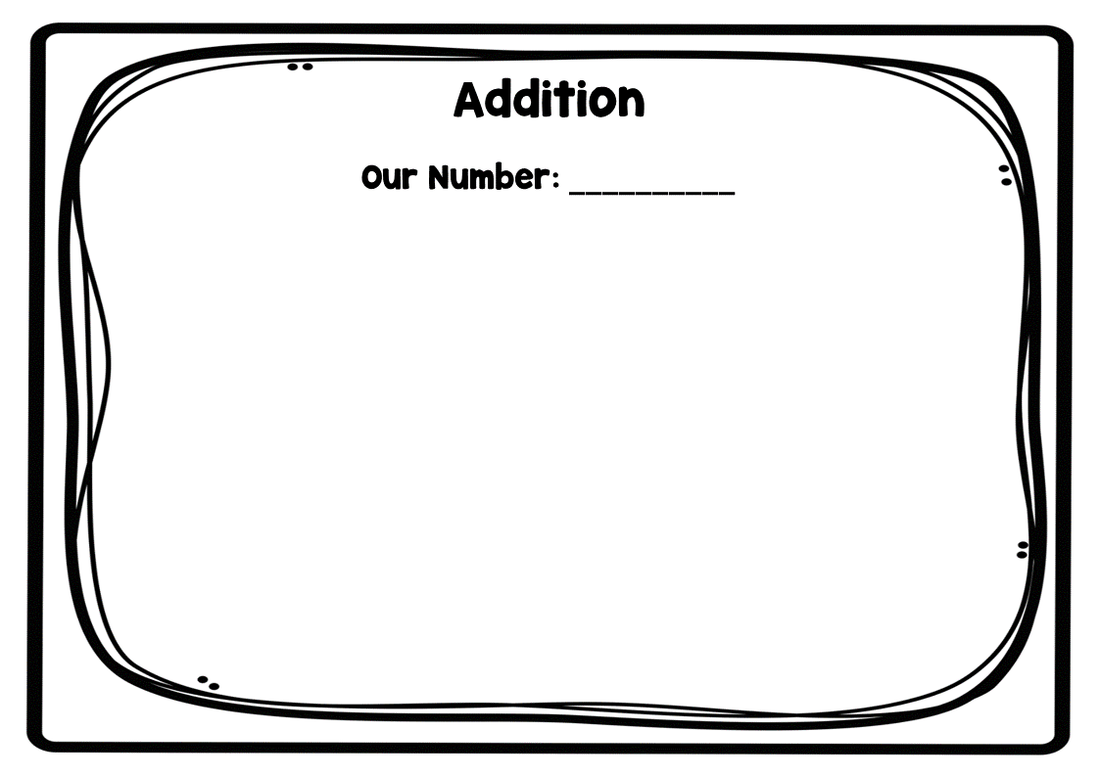
 RSS Feed
RSS Feed